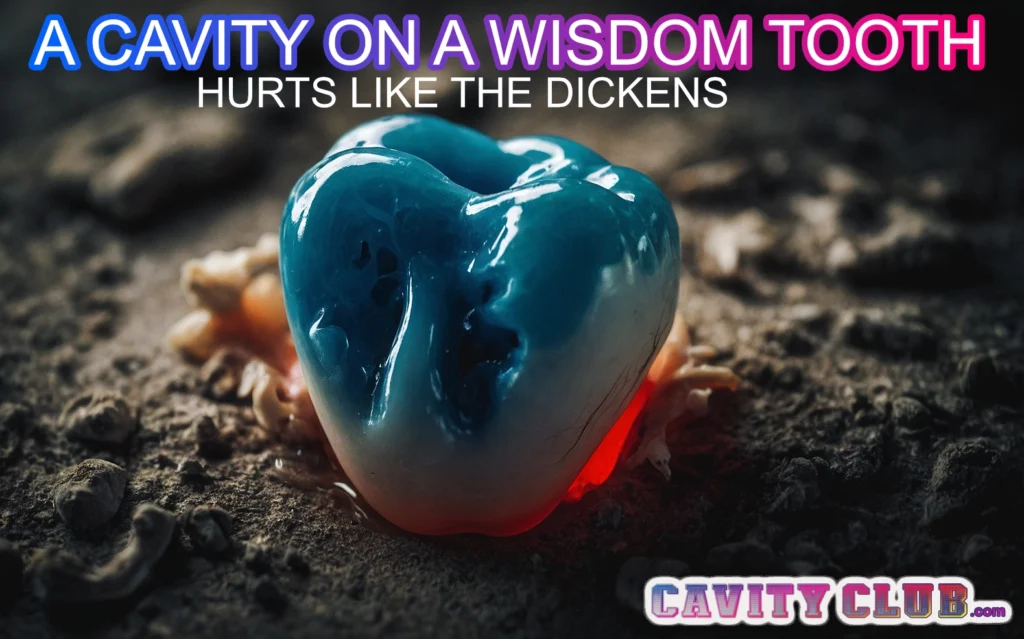Bonding Front Teeth
The process of bonding front teeth is a popular and effective dental procedure aimed at enhancing the appearance of teeth that are chipped, cracked, discolored, or misaligned. This cosmetic dentistry technique involves the application of a tooth-colored resin material to the affected tooth, which is then shaped and polished to match the surrounding teeth. The result is a natural-looking smile that can significantly boost one’s confidence and overall oral health.
Understanding the Bonding Process
The bonding process typically begins with a consultation with a dentist to determine if bonding is the right solution for the specific dental issue at hand. During this initial meeting, the dentist will examine the teeth, discuss the desired outcomes, and outline the steps involved in the bonding process. If bonding is deemed suitable, the procedure can usually be completed in a single visit, depending on the complexity of the case and the number of teeth being treated.
Preparation: The first step in bonding front teeth is preparing the tooth surface. This may involve lightly etching the tooth to create small pores, which helps the bonding material adhere more securely.
Application of Bonding Agent: A bonding agent is applied to the etched tooth surface. This agent is crucial as it creates a strong bond between the tooth and the resin material.
Resin Application: The tooth-colored resin is then applied to the tooth, shaped to match the surrounding teeth, and molded to achieve the desired shape and appearance.
Curing: After the resin has been properly shaped, a special ultraviolet light is used to harden (cure) the material. This step is crucial as it ensures the resin bonds securely with the tooth.
Polishing: The final step involves polishing the bonded tooth to ensure it matches the sheen and texture of the surrounding teeth, creating a seamless and natural appearance.
Benefits of Bonding Front Teeth
Enhanced Appearance: One of the most significant benefits of dental bonding is its ability to dramatically improve the appearance of the teeth, making it an excellent option for those looking to correct minor imperfections.
Quick Procedure: The bonding process is relatively quick, with many procedures completed in under an hour, making it a convenient option for those with busy schedules.
Cost-Effective: Compared to other cosmetic dentistry options like veneers or crowns, bonding is often more affordable, providing a cost-effective solution for aesthetic improvements.
Minimally Invasive: The process of bonding front teeth is minimally invasive, requiring little to no removal of tooth enamel, making it a conservative approach to dental aesthetics.
Maintenance and Aftercare
To ensure the longevity of the bonded teeth, proper oral hygiene practices are essential. This includes regular brushing with a fluoride toothpaste, flossing once a day, and visiting the dentist for routine check-ups and cleanings. It’s also important to avoid habits that can damage the bonding material, such as biting or chewing on hard objects, nail biting, or using the teeth as tools.
Modern Advances in Dental Bonding
The field of dental bonding has seen significant advancements in recent years, with improvements in the materials used and the techniques employed. For instance, the development of more durable and stain-resistant bonding materials has enhanced the longevity and appearance of bonded teeth. Additionally, advances in dental technology have made it possible to achieve more precise and natural-looking results, further increasing the popularity of this cosmetic dentistry procedure.
Conclusion
Dental bonding offers a versatile and effective solution for a wide range of dental imperfections, particularly for front teeth where aesthetics are paramount. By understanding the bonding process, its benefits, and the importance of proper aftercare, individuals can make informed decisions about their dental health and achieve the smile they desire. With its combination of aesthetic appeal, durability, and minimal invasiveness, bonding front teeth stands out as a preferred option in modern cosmetic dentistry.
How long does dental bonding last?
+Dental bonding can last for several years, depending on the location of the tooth, the size of the bonded area, and the patient's oral habits. On average, bonding on front teeth can last between 4 to 8 years before it may need to be touched up or replaced.
<div class="faq-item">
<div class="faq-question">
<h3>Is dental bonding painful?</h3>
<span class="faq-toggle">+</span>
</div>
<div class="faq-answer">
<p>The dental bonding procedure is typically painless and does not require anesthesia, unless it's being used to fill a decayed tooth. The process is minimally invasive and causes little to no discomfort.</p>
</div>
</div>
<div class="faq-item">
<div class="faq-question">
<h3>Can dental bonding fix gaps between teeth?</h3>
<span class="faq-toggle">+</span>
</div>
<div class="faq-answer">
<p>Yes, dental bonding can be used to fix gaps between teeth. The bonding material is applied to the sides of the teeth facing the gap, effectively closing the space and improving the appearance of the smile.</p>
</div>
</div>
<div class="faq-item">
<div class="faq-question">
<h3>How much does dental bonding cost?</h3>
<span class="faq-toggle">+</span>
</div>
<div class="faq-answer">
<p>The cost of dental bonding varies depending on the location, the dentist's fees, and the extent of the procedure. On average, the cost can range from a few hundred to several thousand dollars per tooth, making it a more affordable option compared to other cosmetic dental procedures like veneers.</p>
</div>
</div>
<div class="faq-item">
<div class="faq-question">
<h3>Is dental bonding covered by insurance?</h3>
<span class="faq-toggle">+</span>
</div>
<div class="faq-answer">
<p>Dental bonding for cosmetic purposes is usually not covered by insurance. However, if the bonding is necessary to repair a damaged tooth due to decay or trauma, a portion of the cost may be covered, depending on the insurance plan.</p>
</div>
</div>
</div>

